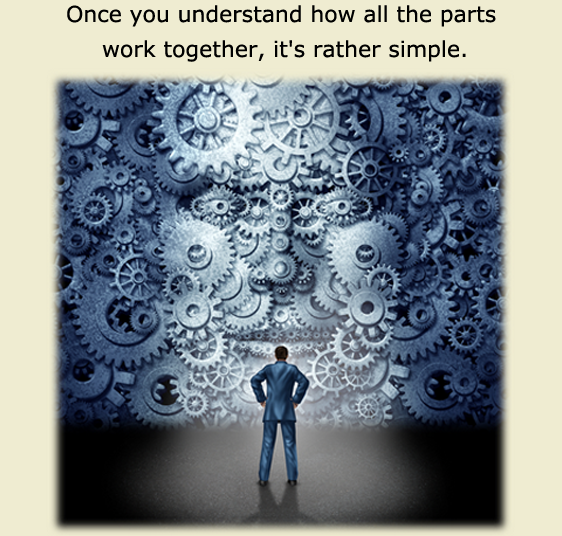
Muscular balance refers to the state in which the ability of any muscle to contract and relax fully is unimpeded by excess tension.
When muscles are in a state of balance, there's an equal distribution of tension, strength, and endurance across the body's muscle groups, reducing the risk of injury, improving posture, and enhancing overall physical performance.
There are several components to muscular balance:
1. Agonist-Antagonist Balance: The agonist's muscles are the primary movers in action. At the same time, antagonists work in opposition to control the movement. For example, the biceps and triceps act as an agonist-antagonist pair in the arm. Maintaining balance between these ensures they provide equal force, which reduces joint strain.
2. Left-Right Balance: This ensures equal strength and flexibility on both sides of the body. Imbalances, such as favoring one side over the other, can lead to overuse injuries and issues related to posture.
Scoliosis serves as an extreme example.
3. Upper-Lower Body Balance: This ensures that the strength of the upper body is balanced with that of the lower body, allowing for overall body stability and reducing injury risk during activities that require whole-body coordination.
4. Core Strength Balance: The core muscles (e.g., abdominals, lower back, and hip muscles) provide stability and support to the spine. A balanced core helps maintain posture and reduce lower back pain.
Muscular imbalances can develop from poor posture, repetitive activities, lack of variety in exercise, or focusing too much on certain muscle groups. Correcting these imbalances through Corrective Massage supports a balanced, functional, and resilient body.
Click here to log in to the classes you have signed up for.
My intention is to share understandable information regarding how our muscular system influences our overall health. And how that information can be utilized to improve health through individual sessions, live classes, and this website.
Consider:
Our body requires over 200 of our 600 muscles to take one step. Of those 200, many serve as stabilizers and compensating adapters working in the background to keep us upright as we walk. While all our weight is on the right foot, those background muscles adapt and counterbalance so we do not fall to the left.
Every muscle plays a vital role in the body's ability to move, maintain upright balance, and compensate for unbalanced tensions.
Our bodies can adapt to those tensions, but only so far.
Limping is an example of when our body has crossed the adaptation line, indicating that the strain on our muscles has become too much to bear.
My vision is to share the following:
- A unique understanding and perspective on our muscular system and its role in our daily lives.
- A path towards taking an active and knowledgable approach to maintaining this vital and primary system in its most balanced, healthy, and functional pain-free state.

Taum Sayers is approved by the National Certification Board for Therapeutic Massage and Bodywork (NCBTMB) as a continuing education provider.
Provider # 152386-00
